

Grain Elevators
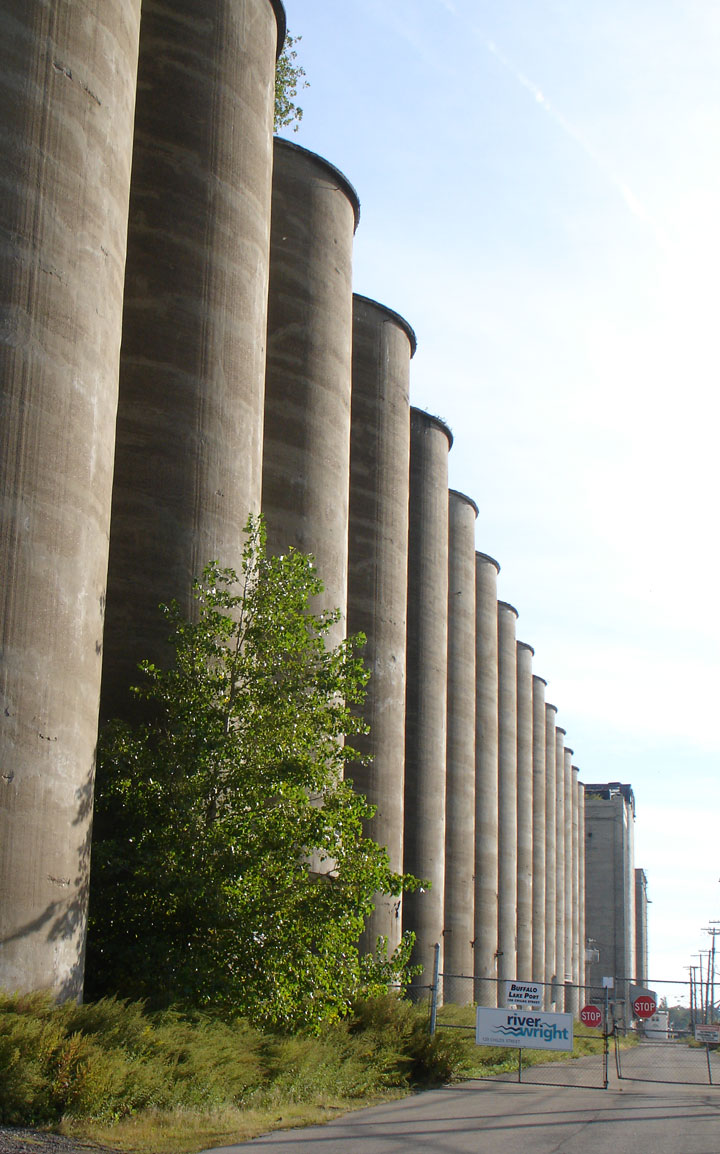
Grain Elevators
By the end of the Civil War, Buffalo was the world's largest grain port. Today, Buffalo has one of the largest collections of grain elevators in the world.
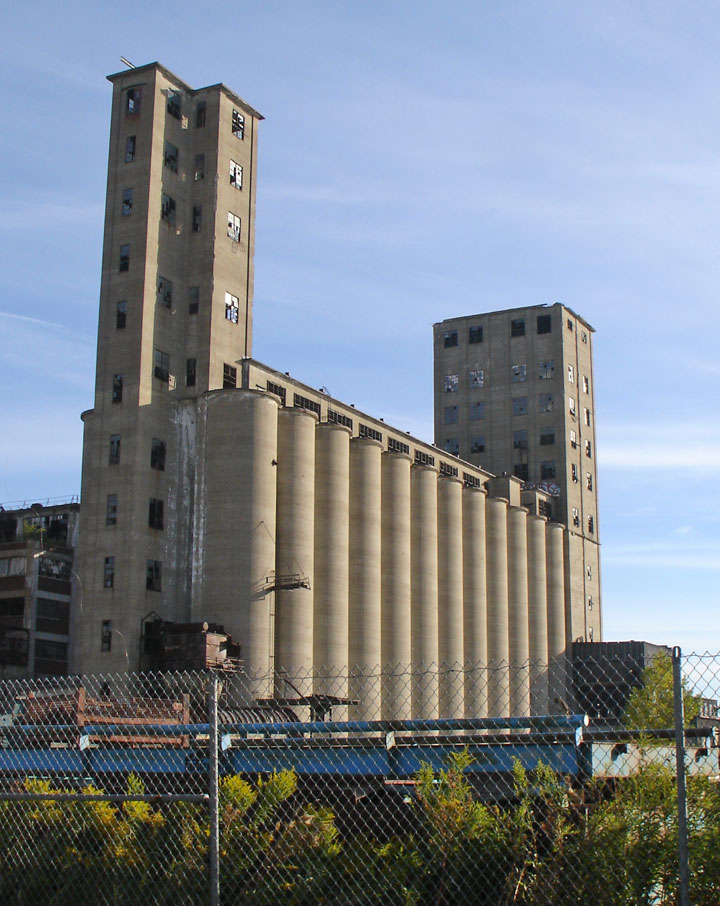
The grain elevators were built on the Buffalo River to temporarily store grain
that was being transferred from the Midwest via Great Lakes ships onto barges
that utilized the Erie Canal and later onto railroads that would take the grain
to the hungry population on the East coast.
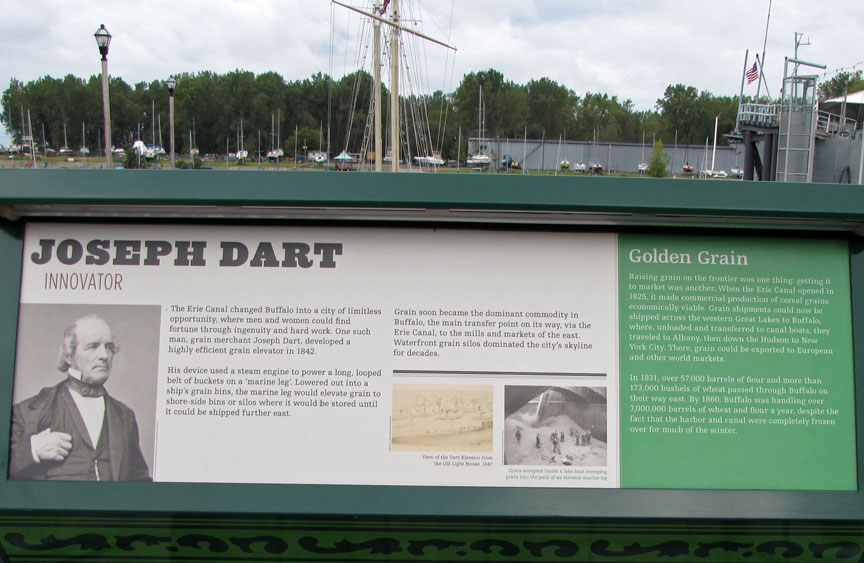
Buffalo's Joseph Dart had revolutionized the industry with his steam powered
elevator in 1842. Over the next half century the wooden elevators evolved into
tile, steel, and then concrete structures a quarter of a mile long. Amazingly,
the concrete elevators could be erected in only a couple of weeks once the
foundation was laid.
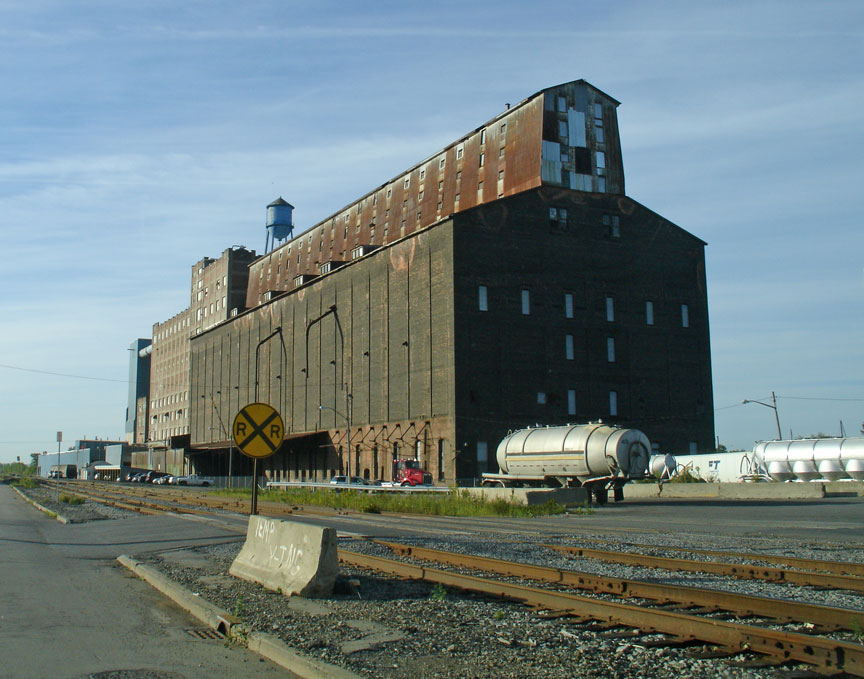
European architects discovered American grain elevators, and these engineering
marvels influenced the development of modern architecture -- especially
skyscrapers.

as seen from the top of city hall
Many of the elevators are today abandoned and very expensive to demolish. What to do with them? While there are many possibilities, the simplest is to appreciate these structures as art and sculpture.


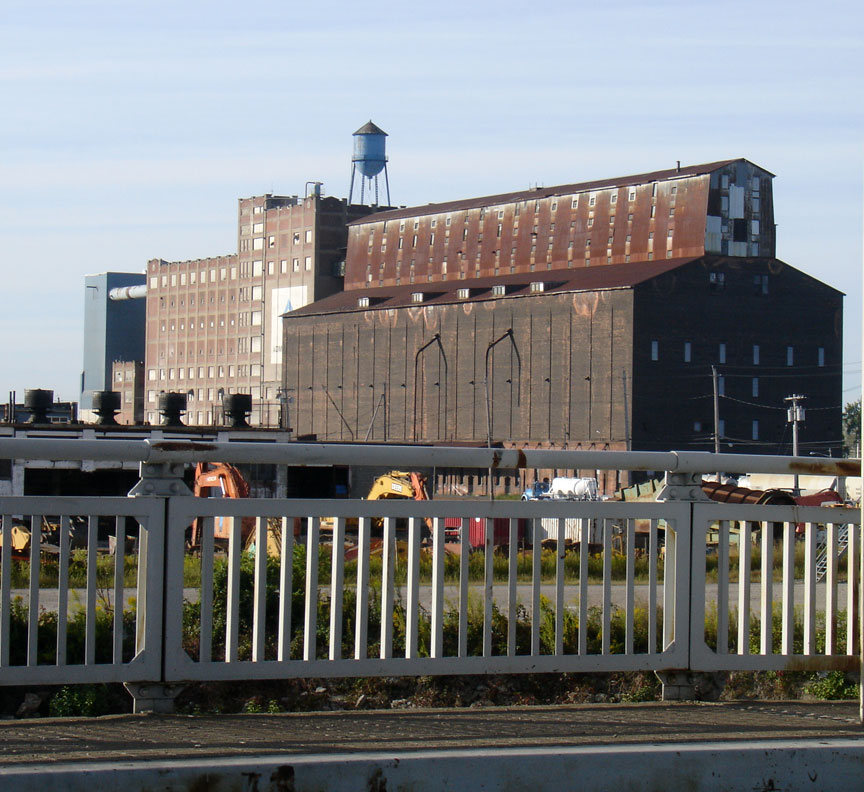
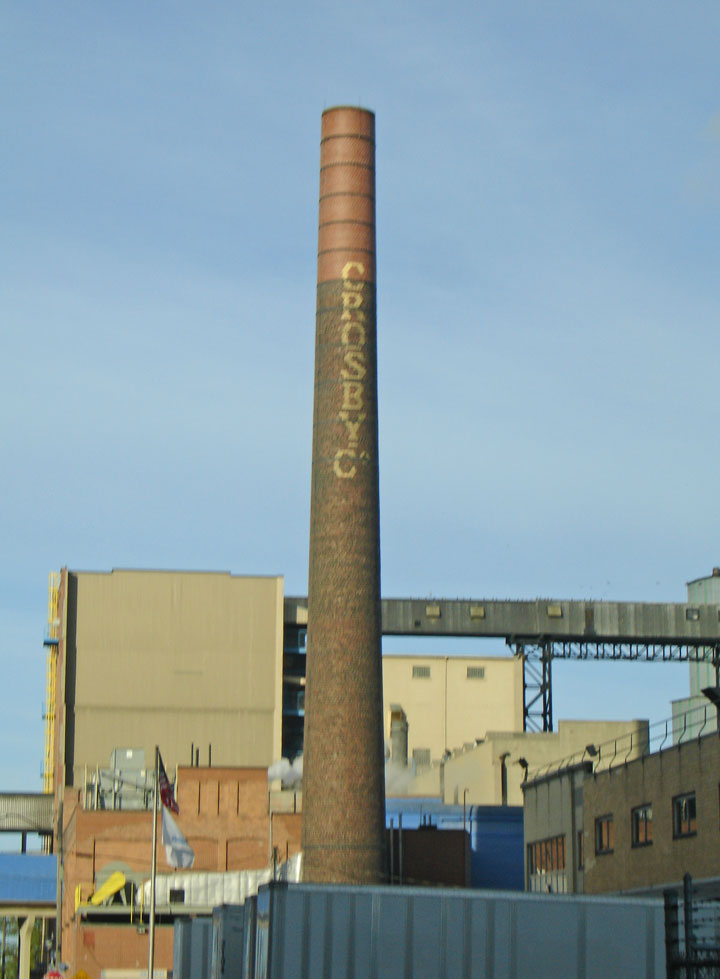

General Mills
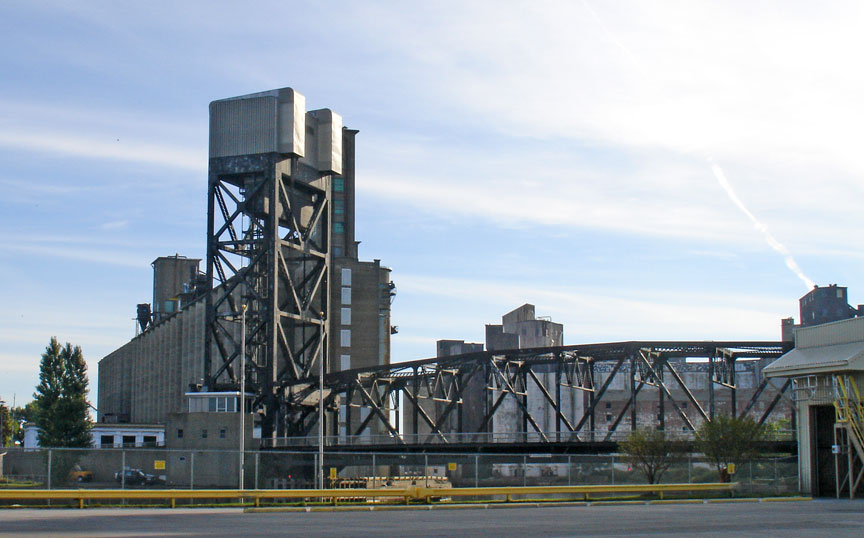
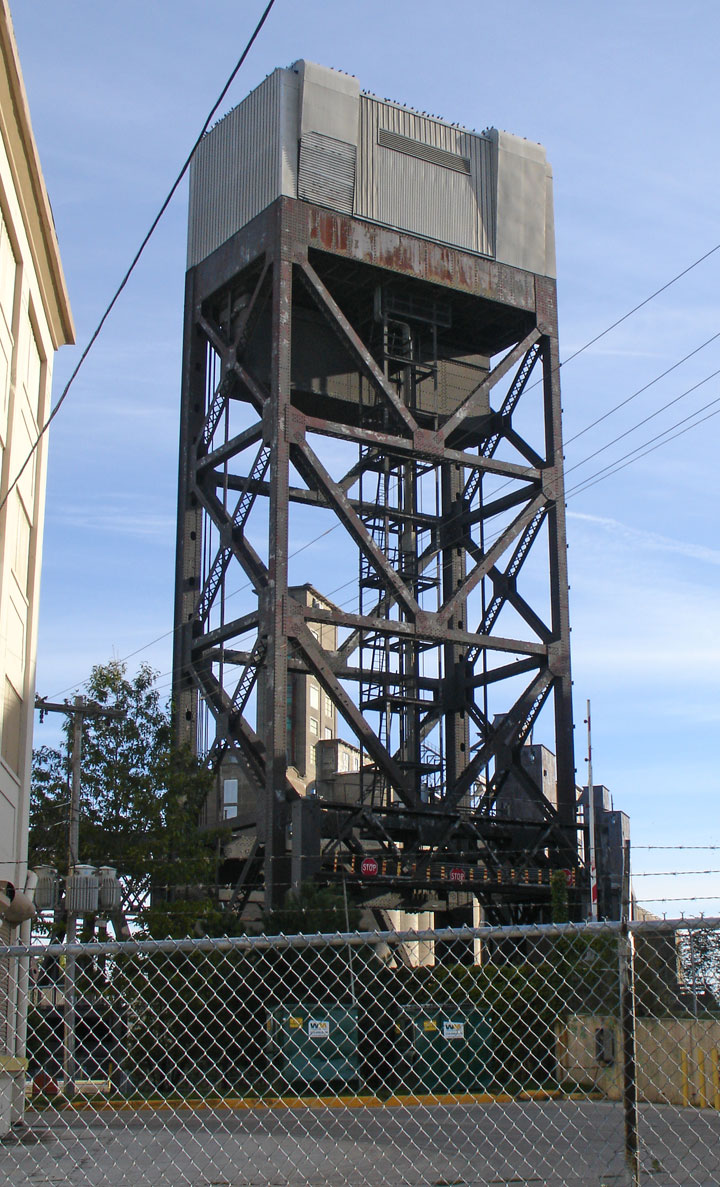
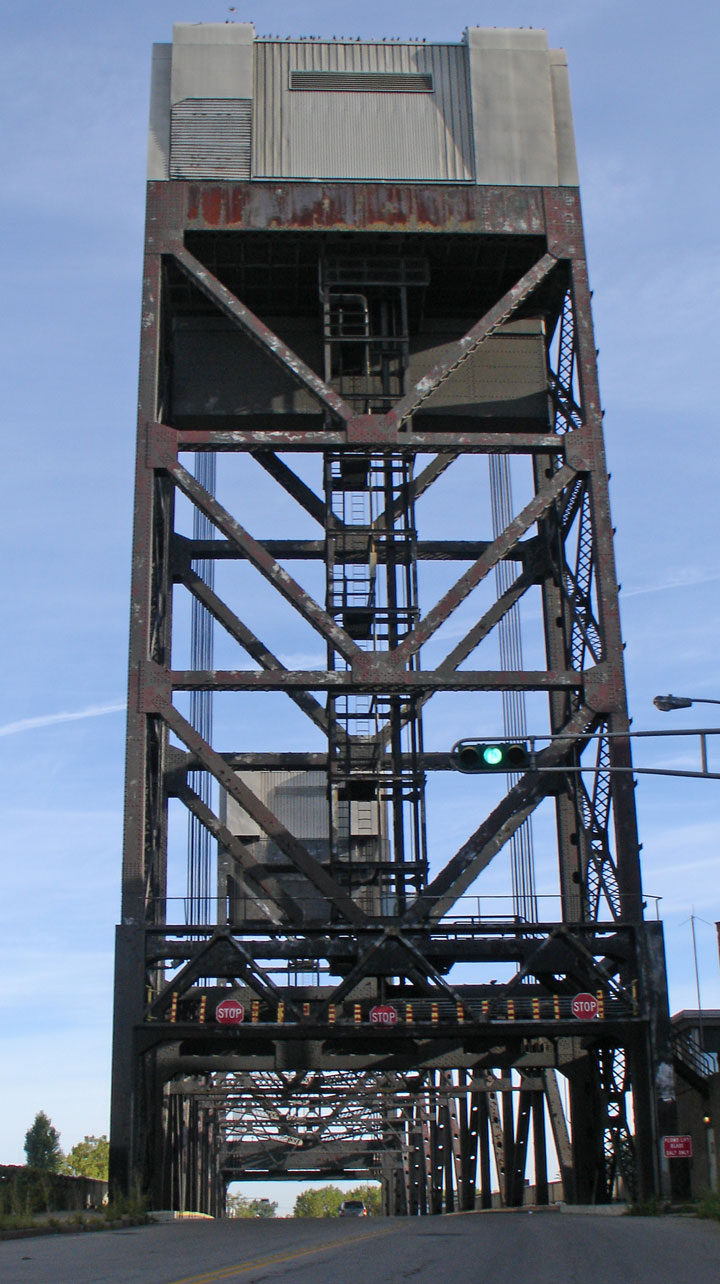
lift bridge over the Buffalo River
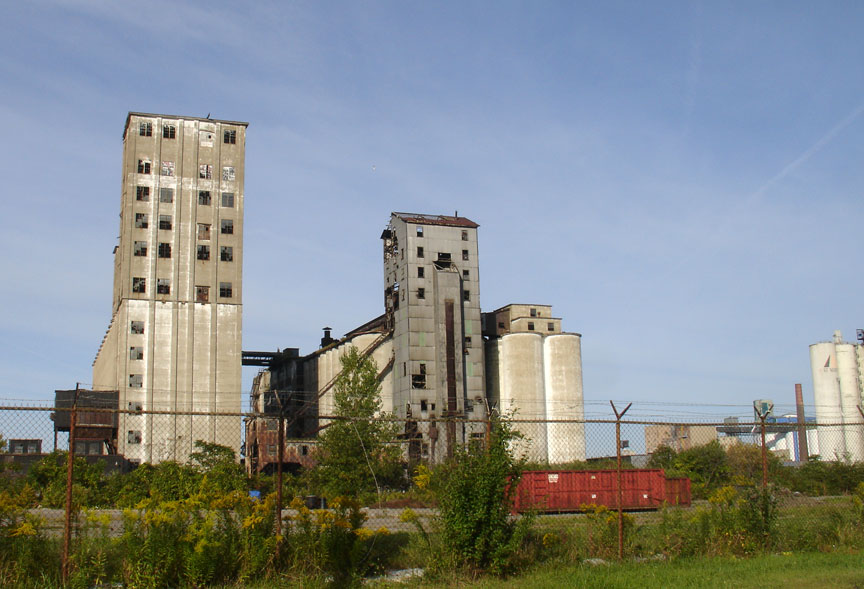
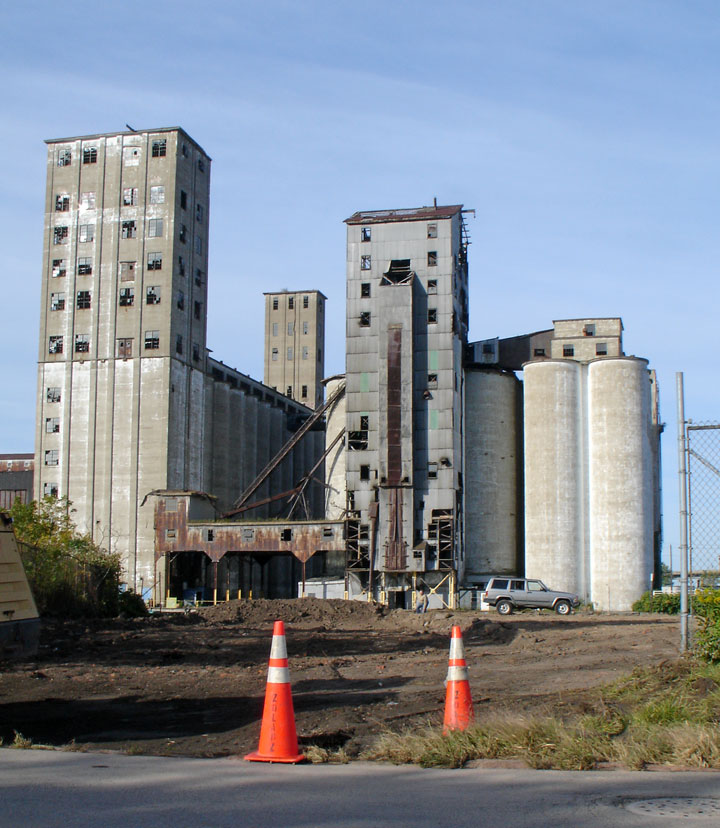
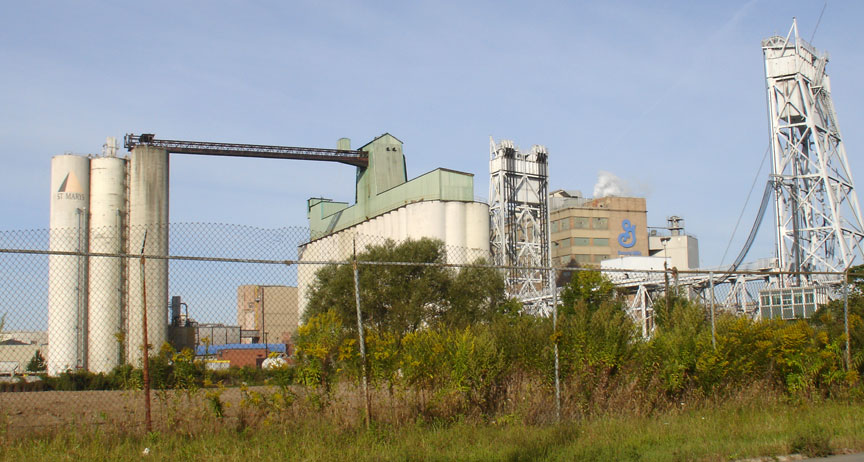
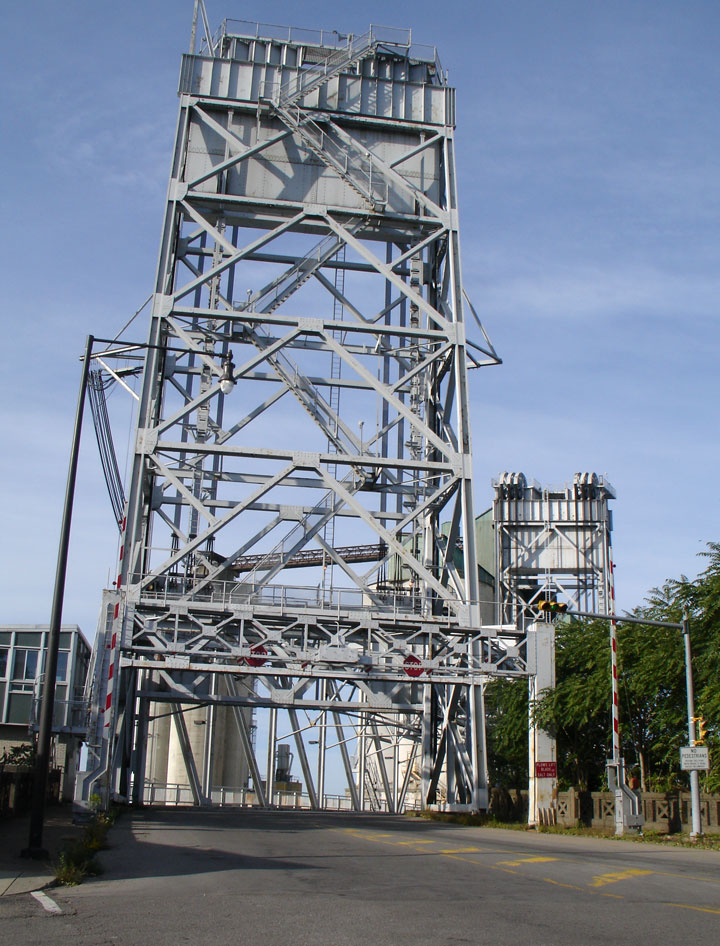


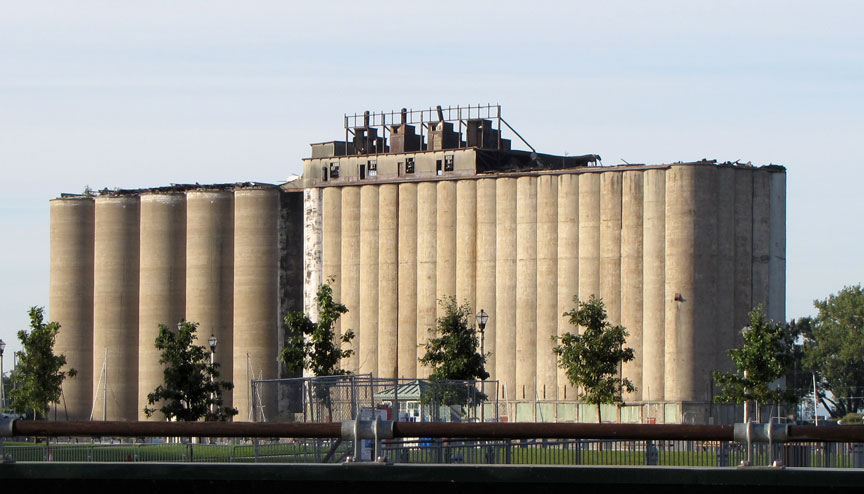

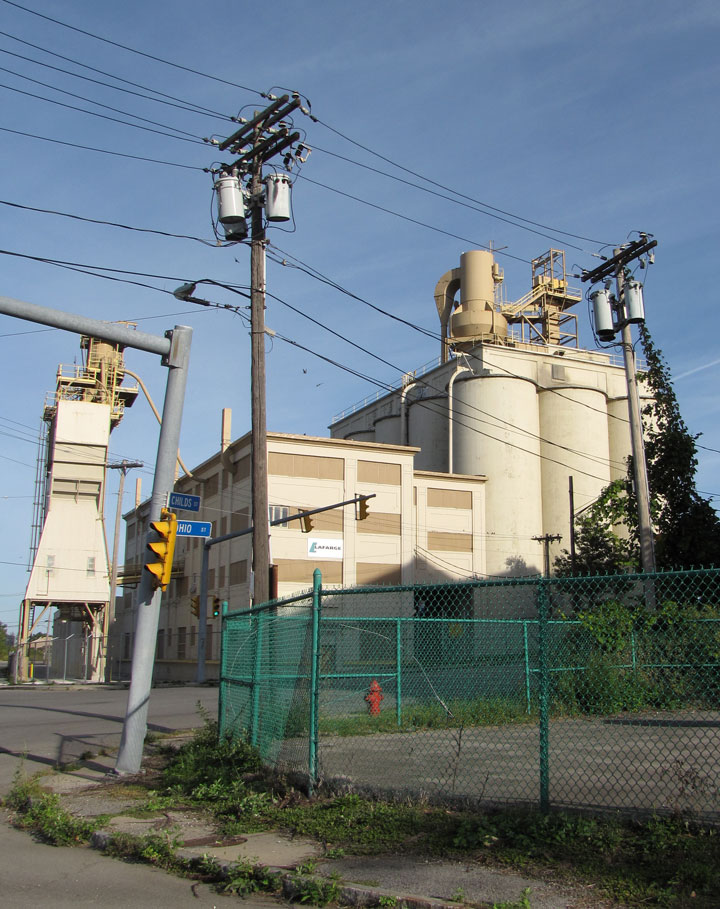
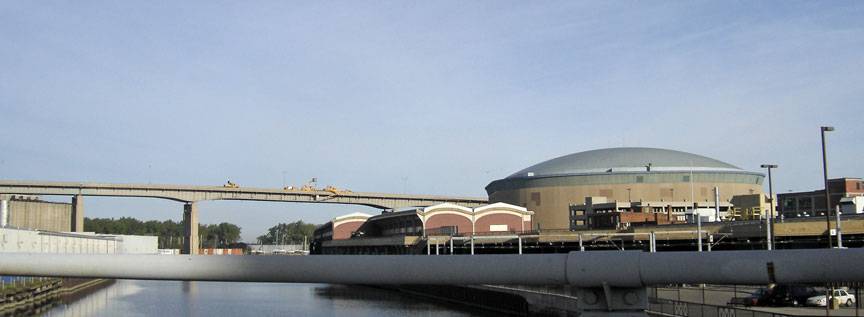

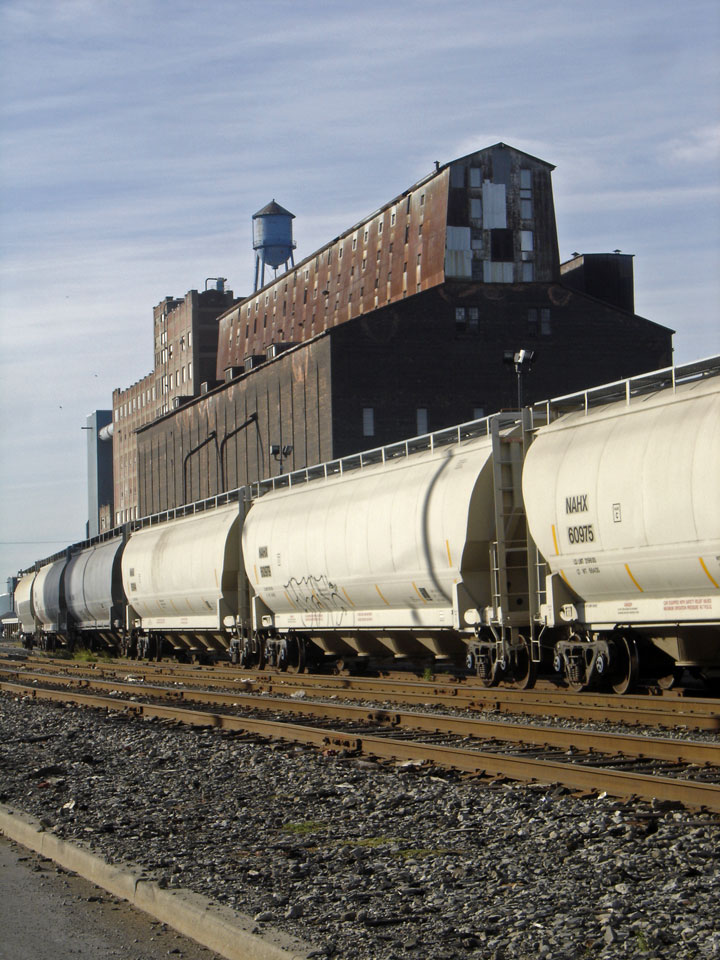
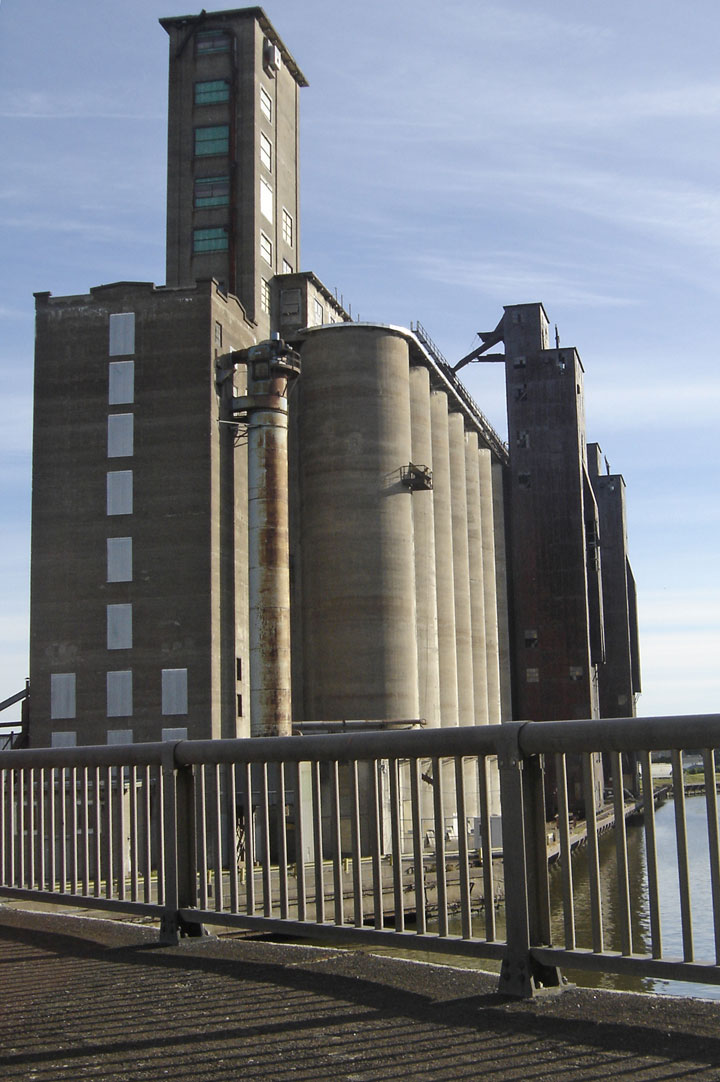
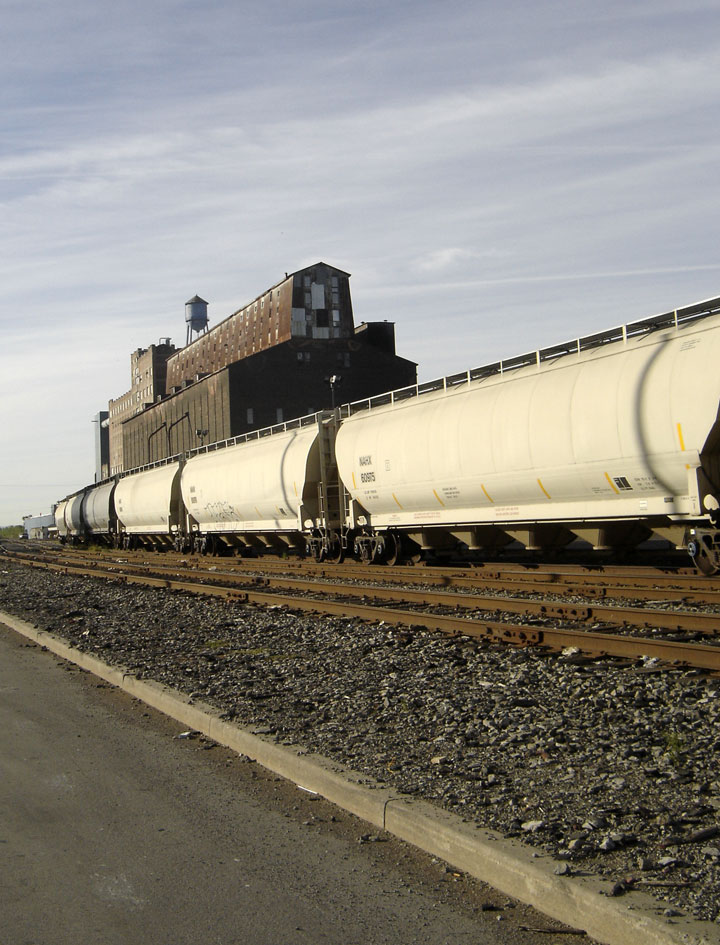
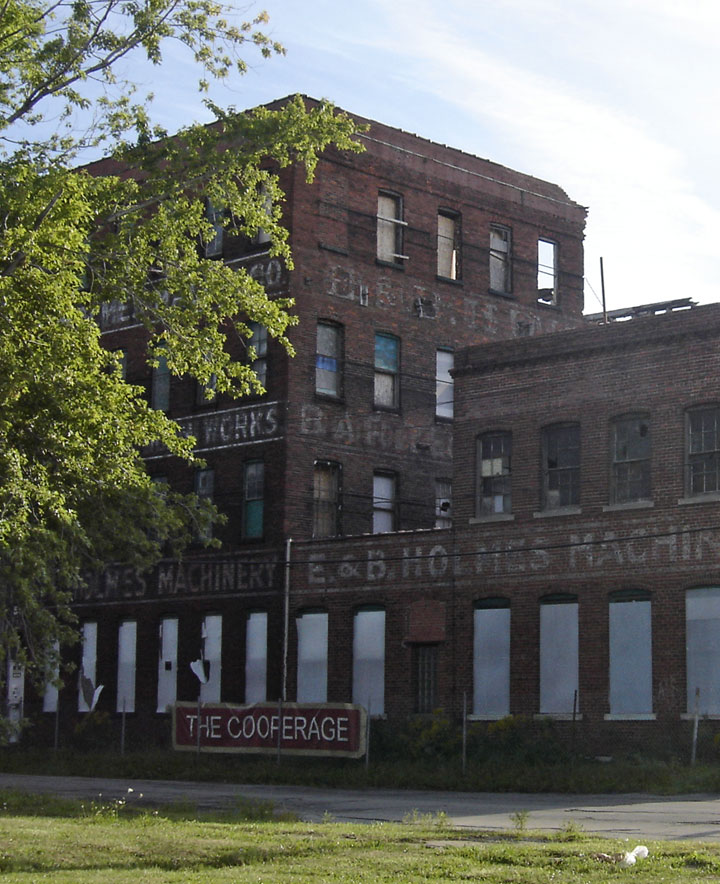
Cooperage
(barrel making)
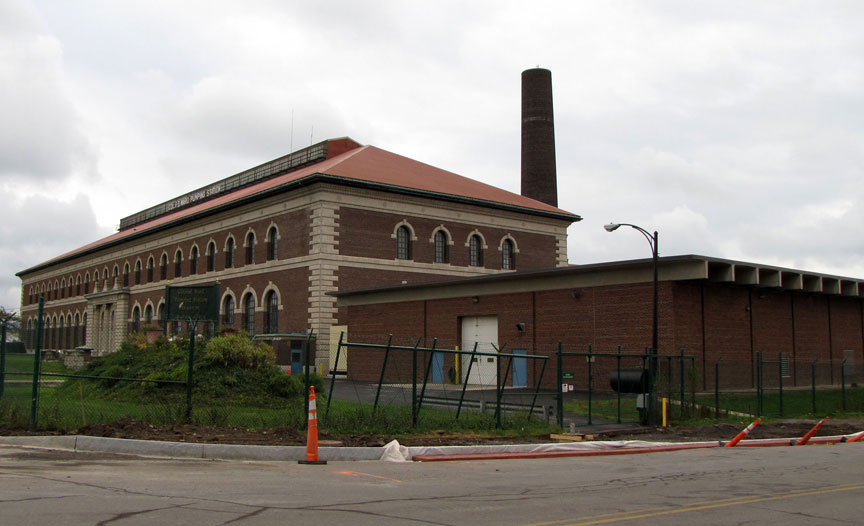
Buffalo water treatment

Bison City